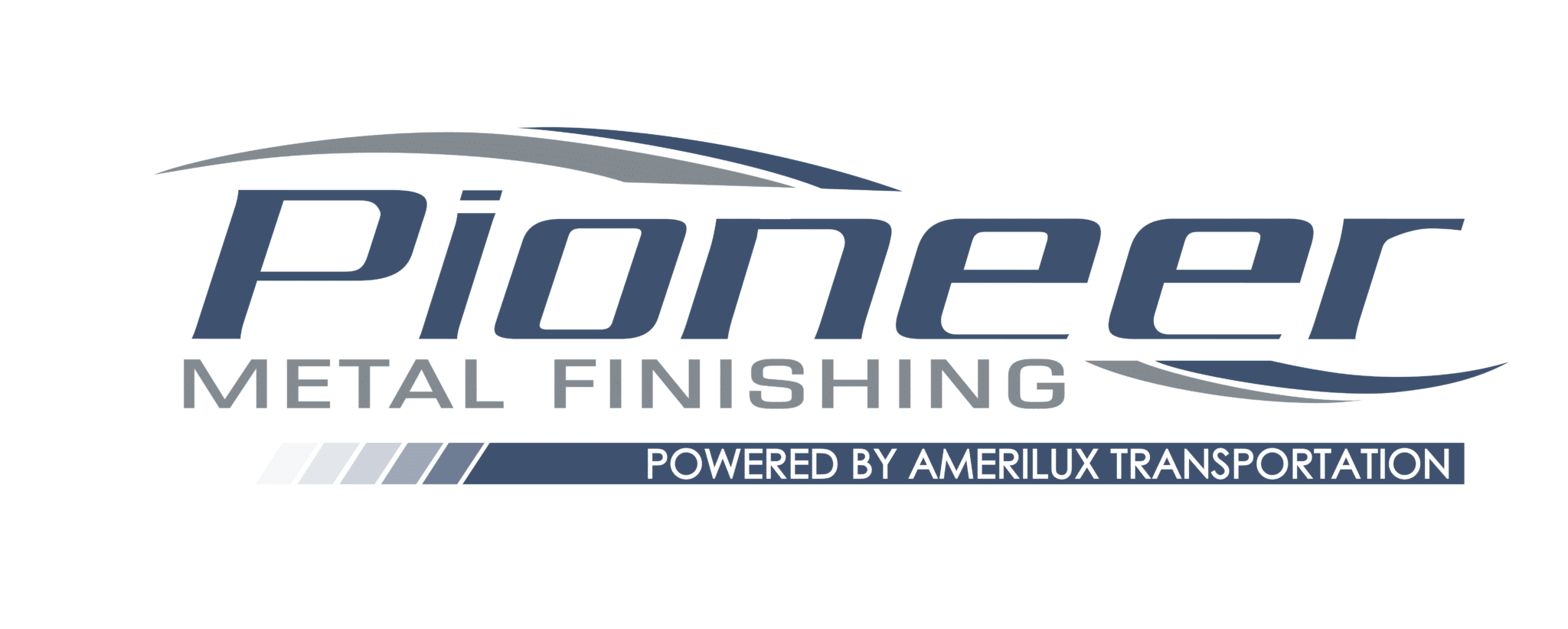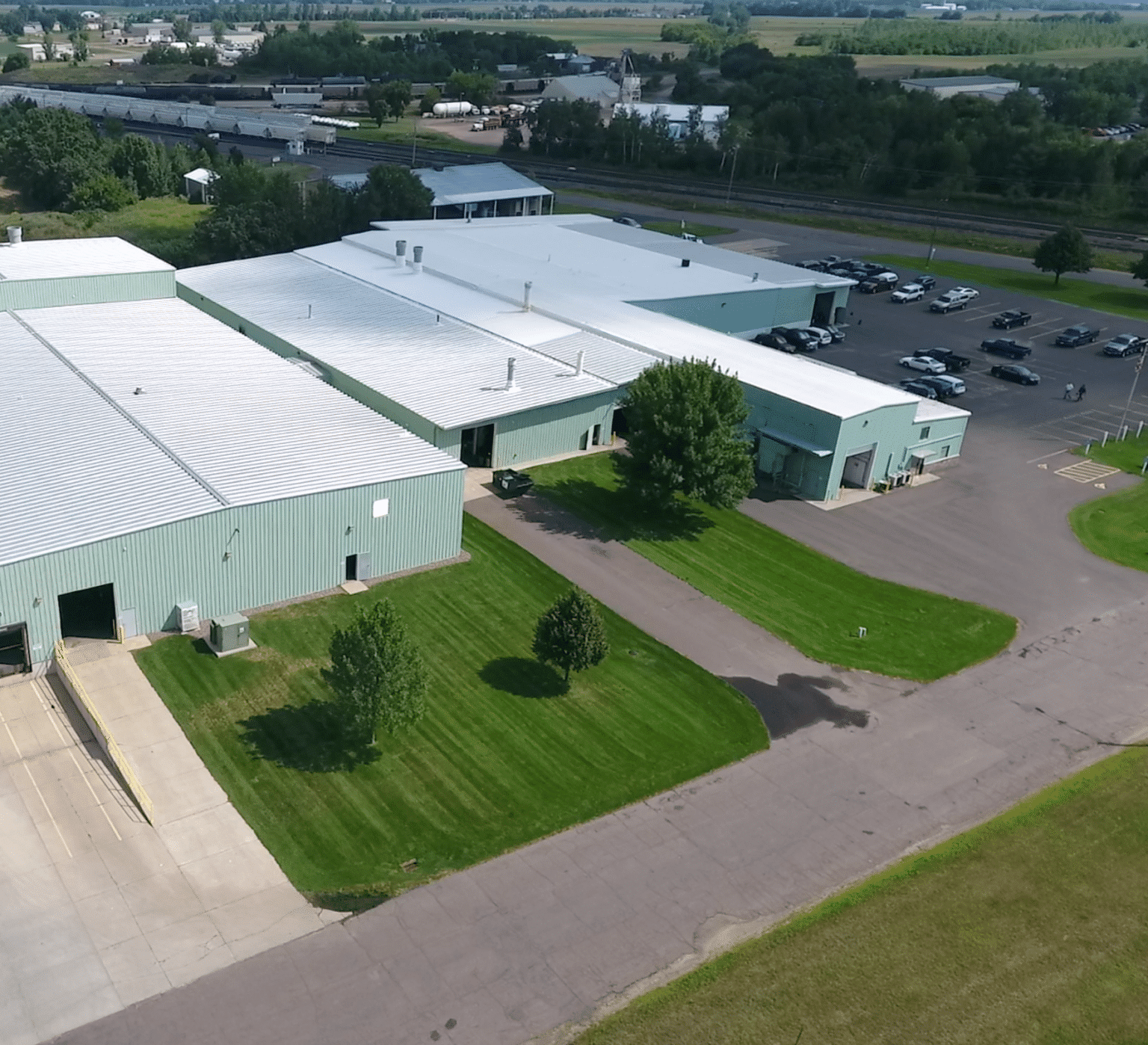When used to enhance the protective qualities of metal parts, the anodizing process offers several benefits, such as:
- Thinner coatings. Compared to other coating methods, the anodizing process establishes thinner coats on the surface of the substrate. This quality makes it useful for use on precision machined parts, as the coating thickness does significantly affect part size.
- Higher durability. Anodized surfaces display exceptional hardness and abrasion resistance, especially when compared to paint and powder coats. Anodized material is less likely to scratch, chip, or flake, resulting in much longer service life.
- Longer lasting color. As materials that undergo the dyed anodizing process display long-lasting color that is highly resistant to UV radiation and fading, they are ideal for use in outdoor applications.
- Greater corrosion resistance. Anodized surfaces are highly corrosion resistant, making them particularly useful for applications regularly exposed to water, salt spray, and other corrosive substances.
- Smaller environmental footprint. Anodized materials are highly recyclable. Additionally, the anodizing production process uses environmentally friendly chemicals.
- Better electrical insulation properties. The anodizing process creates an electrically insulated surface that, when used with other non-conductive coatings, is useful for low-voltage electrical applications.
- Lower cost. The price of anodizing metals is on par with other coating processes, such as painting and powder coating. The enhanced durability of the anodized finish ensures a longer component lifetime, thereby reducing the cost of maintenance.





